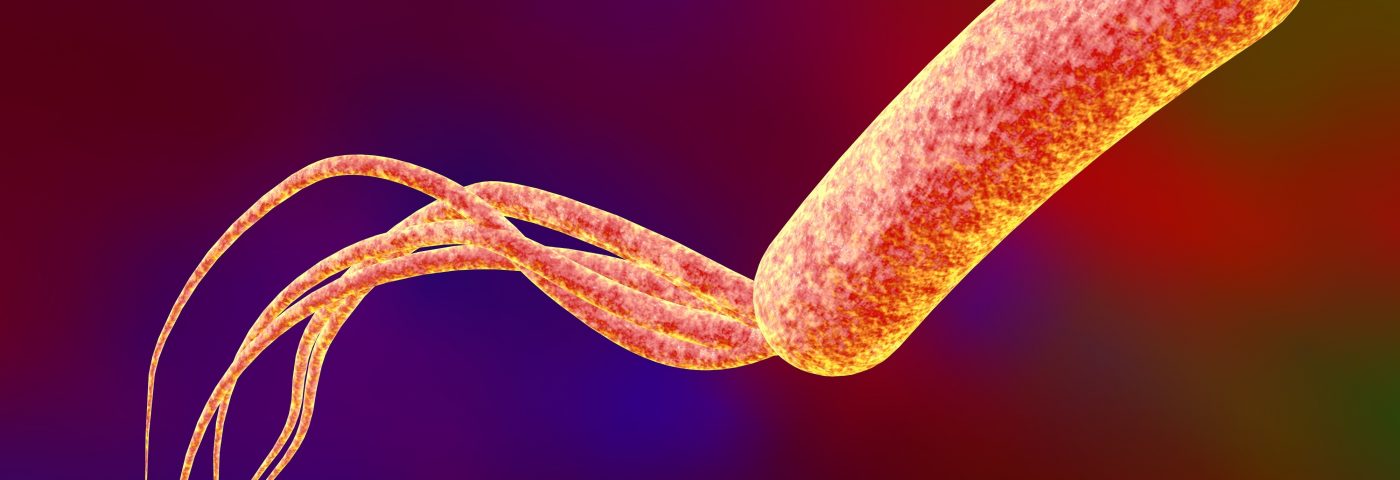An opportunistic bacteria linked to serious lung infections in immune-compromised patients unleashes a natural defense mechanism — called neutrophil extracellular traps (NETs) — by moving its “tail” during a relatively early growth stage, researchers reported. Discovery of this trigger could lead to more effective ways of treating Pseudomonas aeruginosa infections.
The study, by a University of Georgia research team, is titled “Swimming Motility Mediates the Formation of Neutrophil Extracellular Traps Induced by Flagellated Pseudomonas aeruginosa,” and was published in the journal PLOS Pathogens.
P. aeruginosa is a bacteria responsible for a host of lung infections that can be potentially life-threatening in people with such diseases as cystic fibrosis, chronic obstructive pulmonary disease (COPD), HIV, bronchiectasis, or pneumonia.
Neutrophils are immune cells that play a part in the immune system’s innate response, including those against bacteria like P. aeruginosa. One way that neutrophils fight bacteria appears to be through the formation of DNA-based scaffolds, or NETs, whose antimicrobial proteins ultimately trap and neutralize pathogens, according to a press release.
Researchers studied different growth stages of P. aeruginosa to better understand when optimal NET release is achieved. They found that this release peaks in the early exponential, or early middle, stage of bacterial growth, when most of the bacteria had their flagellum, or tail-like structures, to help them “swim.”
Scientists also compared different strains of P. aeruginosa to examine their ability to trigger NETs. Researchers focused on bacterial flagellin (the major constituent of the flagellum), and their analysis revealed that it was not the flagellin itself that elicited the NET response but, rather, flagellar movement.
Much is still to be learned about NET release and the upstream events that either accelerate the defense mechanism or keep it in check. But this study, along with a growing body of scientific literature focusing on NETs, clarifies potential mechanisms that contribute to this immune response and points the way to potential NET-based therapies.
Researchers emphasized that flagellar movement and genetic expression patterns that promote such movement should be further analyzed to better understand how they affect immune responses.

